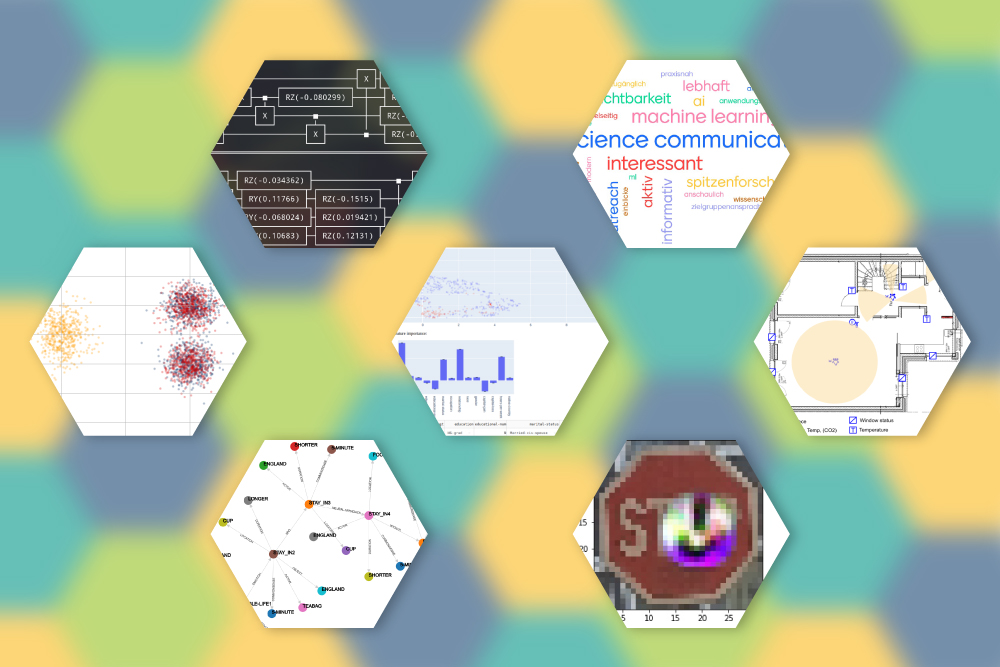
ScienceCodeSlam_web
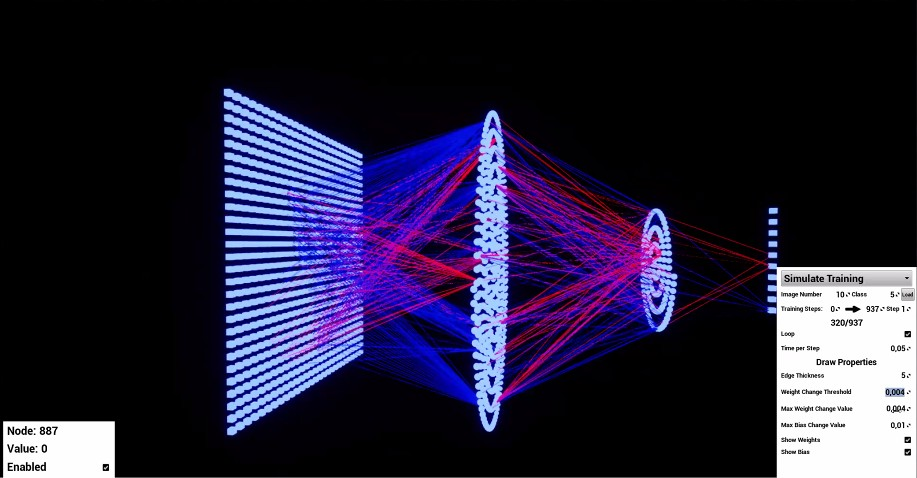
Visualizing Neural Networks
With the help of (deep) neural networks, large data sets can be analyzed using Machine Learn-ing. The “multi-layer learning" hereby takes place on several hidden layers in the network. Dur-ing the Science Code Slam, ML2R scientists visualized the layers of neural networks and the learning processes based on them via 3D simulation. The researchers hence give non-experts a look "behind the scenes" of neural networks and explain how they work.
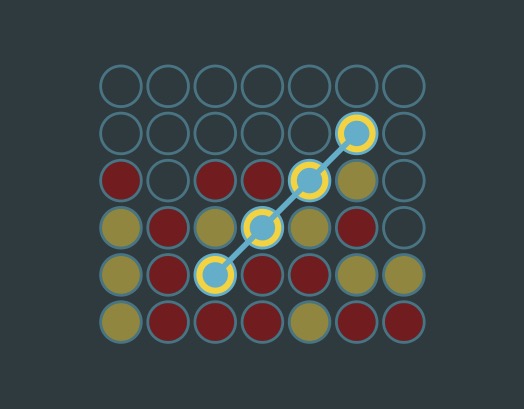
Explain Like I’m Connecting 4
Methods for explainable Machine Learning models are important to make Artificial Intelligence more transparent and interpretable for humans. However, the features determining a model’s decision concerning real-world data usually cannot be identified unambiguously. Only certain rule-based games enable explanations for decisions - for example, which player wins the game. ML2R researchers trained ML models on data from the game "Connect 4", created explanations using different methods, and visualized their results to investigate how well the explanations matched the ground truth.
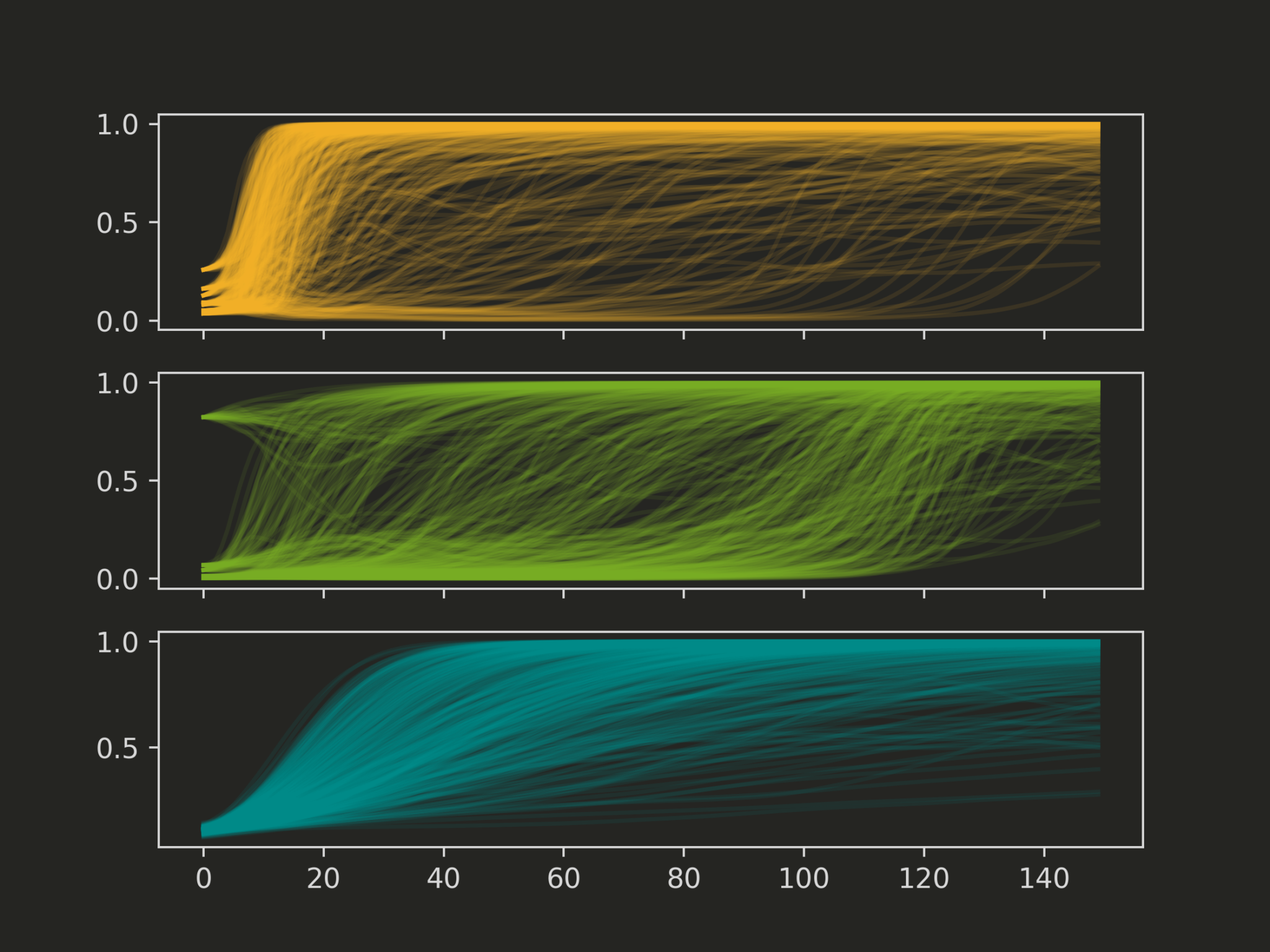
Enhancing Integrated Gradients for Natural Language Processing
Integrated Gradients is a post-hoc explanability method that provides feature attributions for a certain input sample by contrasting it against a baseline input. However, for Natural Language Processing (NLP) the method is not well-investigated and there is a lack of convincing argu-ments for choosing an appropriate baseline. In the Science Code Slam, ML2R researchers tested the "Integrated Gradients" method on different image datasets and evaluated the results using an interactive visualization. Promising results were also shown in the testing of a new baseline.
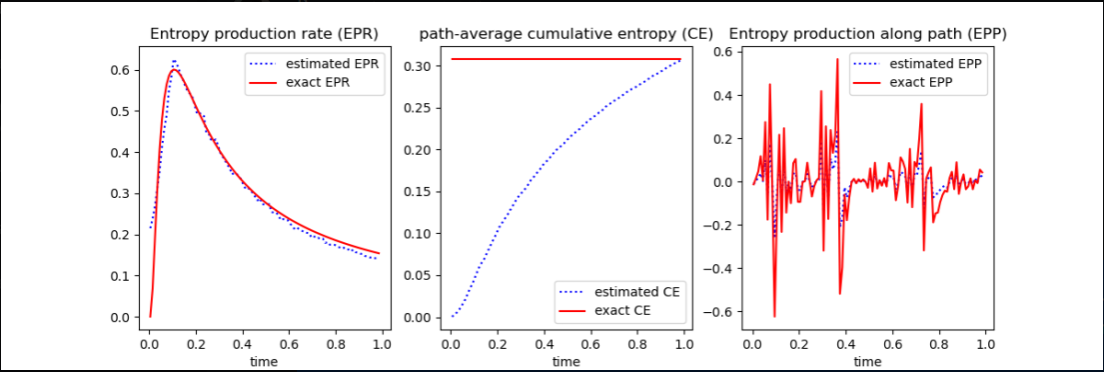
Stochastic thermodynamics of generative models
A recent concept, fundamental in both statistical physics and the thermodynamics of computation, is the entropy change along a stochastic path. Such entropy changes are intimately related with information flows and can readily be connected with questions of learning efficiency. In practice, however, entropy changes are challenging to compute. ML2R scientists implemented a method to estimate entropy changes along trajectories from the trajectories alone using neural networks. The image shows a comparison between exact results and the working group’s estimates for the “breathing parabola model”.
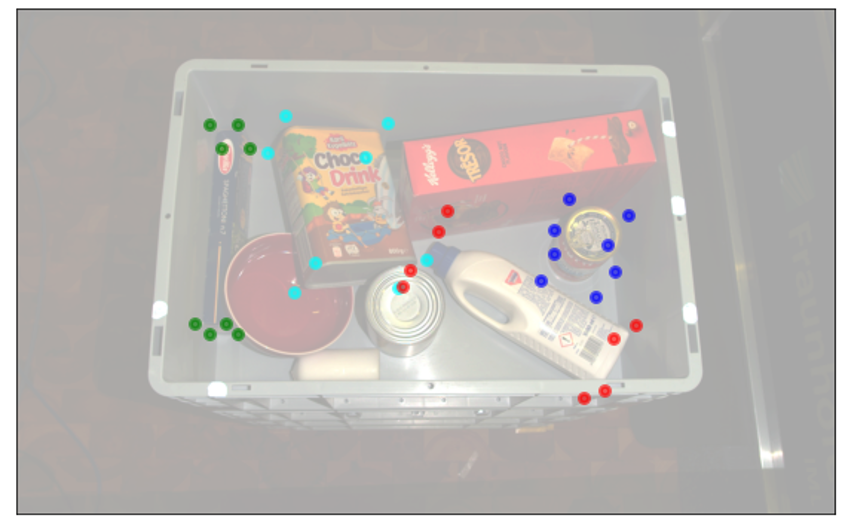
Detect me, if you can!
Convolutional neural networks (CNNs) are highly effective within computer vision and thus al-low for the successful automation of tasks for autonomous robots, such as the targeted grasping of objects. A working group of the Science Code Slam trained a ML2R-dataset for object seg-mentation and pose estimation using two CNNs ("SingleShot pose" and "CozyPose" networks). The dataset contains RGBD segmentation masks, 6D pose and 3D cloud data annotations.
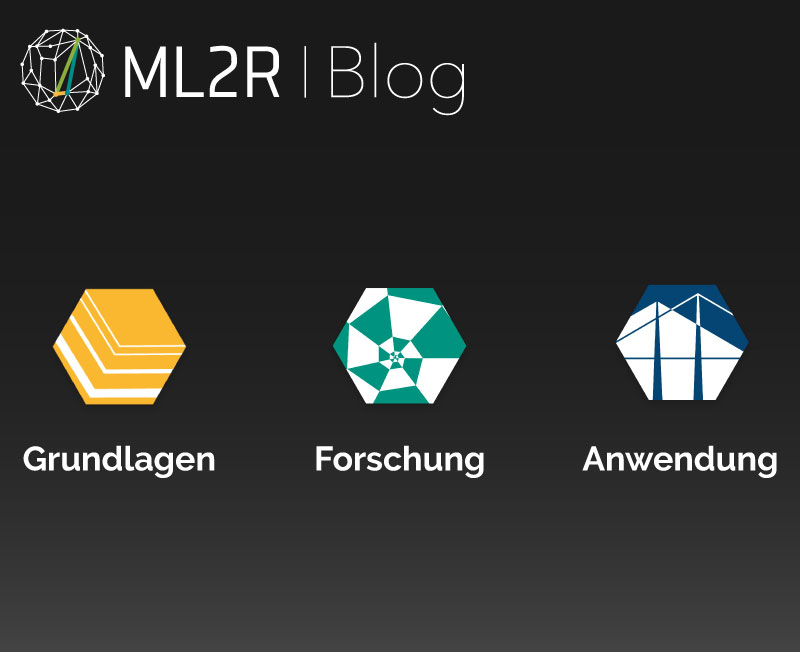
How do I write a good Blog Post?
For almost a year, the ML2R-Blog has been providing readers with insights into concepts, use cases and research results of Artificial Intelligence. This year's Science Code Slam provided a forum for experienced bloggers and dedicated first-time authors within the Competence Cen-ter to collaborate on the topic of successful science communication. In search of the "perfect picture", meaningful headlines and a suitable topic, the researchers wrote their own blog posts.
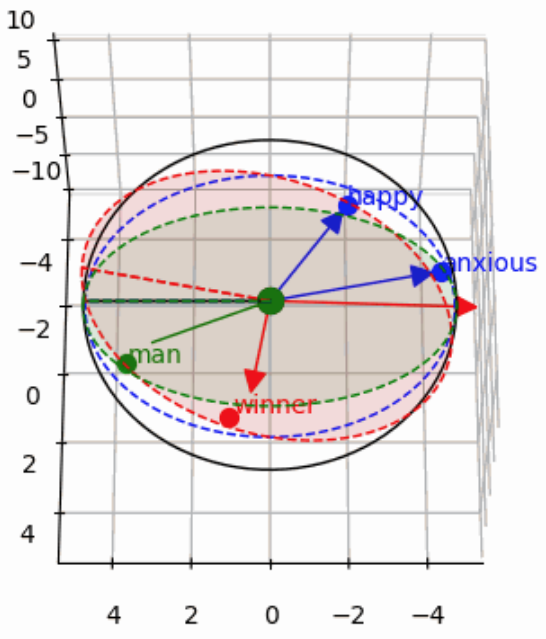
Rotating Spheres for Meaning Representation
Researchers use vectors to represent the meaning of words and hence integrate them into ML systems. An approach developed within ML2R allows vectors and symbolic knowledge to be unified into rotating spheres without information loss. The movement of the spheres simulates the way the human mind thinks. Using a joke, a project group of the Science Code Slam investi-gated how meanings and meaning representations of words, phrases and sentences can be rep-resented by rotating sphere models.
